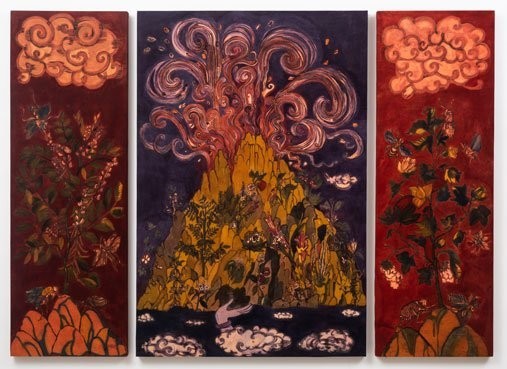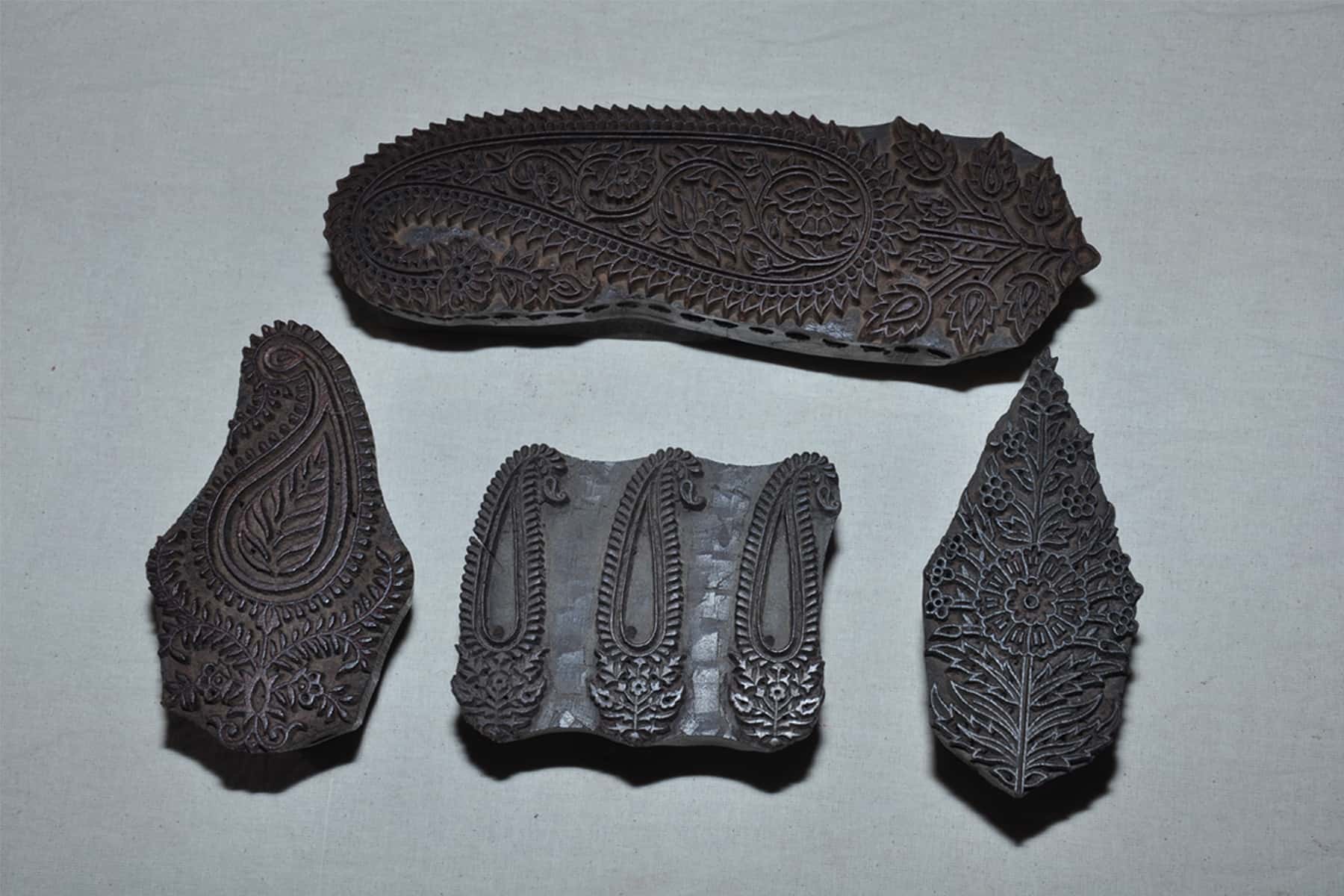 History of Screen Printing
History of Screen Printing
Screen printing originated in the East in China during the Song Dynasty (960–1279 AD) to transfer designs onto fabrics.

The Story of Indian Kalamkari : Imagine a textile that is traditionally hand-painted with a bamboo pen, has a history which goes back 3000 years, and was partly instrumental in India losing her independence. That is Kalamkari, with its Persian root ‘Ghalam’ or pen, and ‘Kari’ or craftsmanship.
Kalamkari in its current form, where resist dyed fabrics are hand painted, is believed to have originated in the 8th century AD, though painted fabrics have been discovered in the Indus Valley Civilisation. This was a time when religious traditions and tales from Hindu mythology were handed down orally by itinerant minstrels, similar to traditions in Europe. Kalamkaris with depictions of tales from Hindu mythology, were a visual aid to these minstrels. In a sense, their purpose was similar to the stained glass of churches in Europe.

Bagh Printing: Traditional Block Printing Technique from Madhya Pradesh
Block printing dates back to over 2000 years ago, during Buddha’s time. The trade of printed textiles from India flourished during the medieval age and 12th century. While the Coromandel Coast boasted of Kalamkari, the states of Gujarat and Rajasthan were built on block printed textiles. These soft intricate textiles, mostly naturally dyed, built a textile tradition that is still relevant today.
My tryst with block prints began with my mother. Seeing her wear indigo prints is what I grew up with. She wore exclusively cotton, a perfect textile for the Indian climate. The madder, indigo and mustard color of these calico textiles kept the body cool and soul happy.

